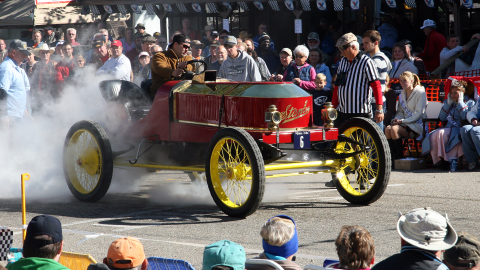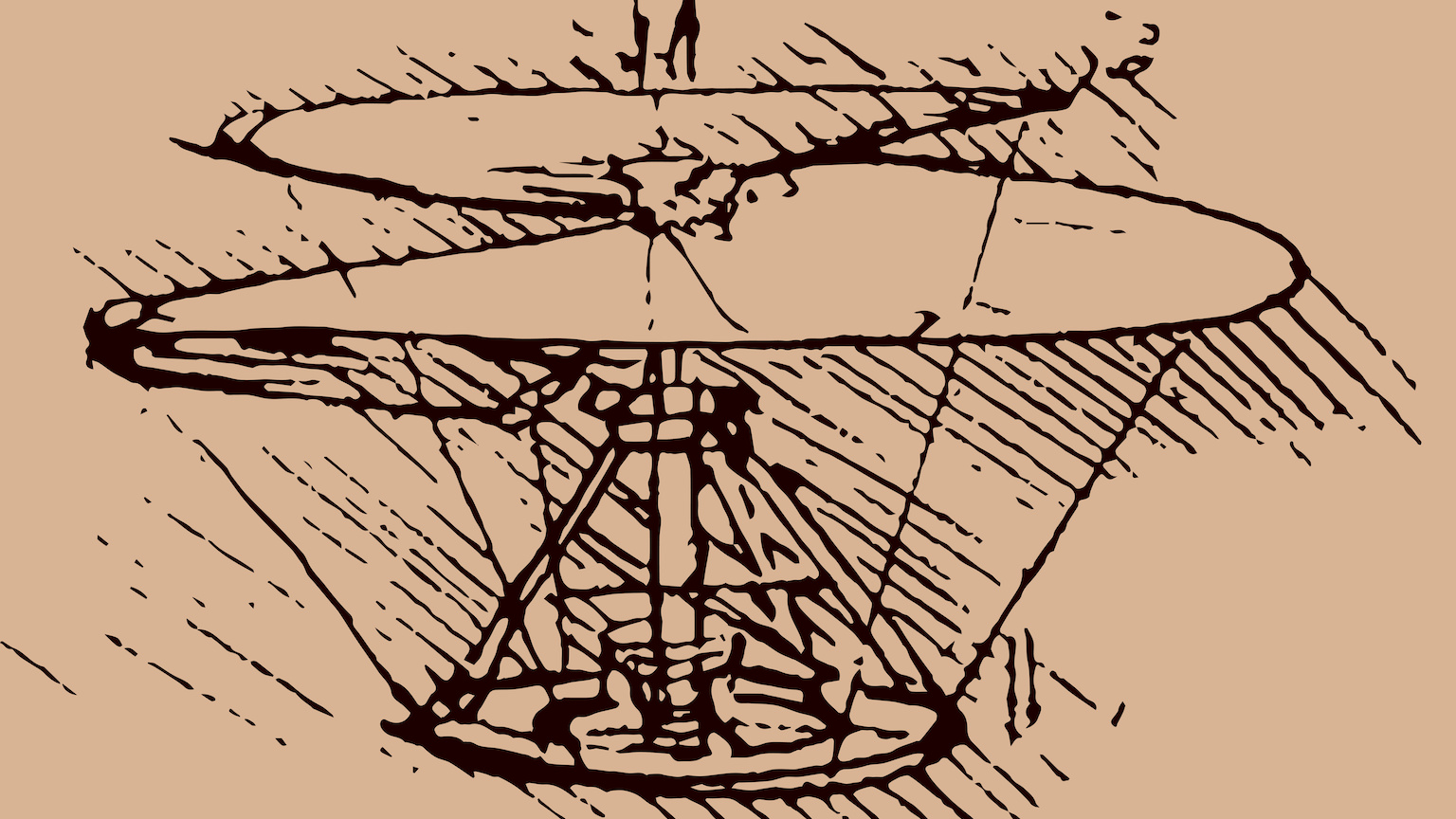We used to have steam-powered cars. What happened to them — and will they come back?

- In the late 19th and early 20th centuries, steam-powered cars — which were started with matches or a blowtorch — were common. Several different American companies manufactured them.
- Steam cars were less dangerous than gasoline engines that required strenuous hand-cranking to start and had further range than early electric cars.
- However, steam cars went extinct because gas-powered cars became far more convenient. Will technology ever bring back the steam car?
Imagine going out to your garage or driveway to get into your car. But instead of keys to get it started, you’ll be using matches or a blowtorch, because your car has a pilot light. For those who owned steam-powered automobiles in the late 19th and early 20th centuries, this was a daily reality. Before Henry Ford’s Model T revolutionized the affordability of internal combustion engines for Americans, steam-powered vehicles had their day in the sun.
These cars, though inconvenient by modern standards, produced less pollution than their gas-driven counterparts, set world land speed records, and were owned by the likes of Howard Hughes. So what happened to them?
The golden age of steam cars
Steam engines work by means of external combustion, meaning fuel is combusted outside the engine to heat water and create steam, which is then transferred to the engine’s pistons, which move rods and cranks that transfer power to axles and wheels. Jay Leno, the late night comedian and famous car enthusiast who owns a 1925 Doble E-20 Steam Car once owned by Howard Hughes, said steam power so efficiently produced torque that it was referred to as “the hand of God.”
By the time commercially available steam cars hit U.S. markets in the 1890s, the world was already well-acquainted with steam engines: They propelled powerful locomotives and passenger boats across the globe.
From around 1900 until shortly after World War I, steam was a popular choice of automobile. Steam cars were less dangerous than gasoline engines that required strenuous hand-cranking to start and had further range than early electric cars. They were also very low-emission compared to early internal combustion engines, more reliable, and often quieter. American manufacturers were plentiful: Locomobile, Baldwin, Stanley, White, and Doble, among others.
The steam car also had sheer speed: many early Stanley models could travel 75 mph (121 kph), and some could go much faster.
In January 1906, a Stanley-built steam car showed up on the sandy beaches of Ormond Beach, Florida. Driven by Fred Marriott, the two-cylinder, 50-horsepower vehicle set a world land speed record of 127.66 mph (205 kph) over a one-mile (1.6-km) course. Despite having less horsepower, the car’s time was at least a full second quicker than any of the gas-powered record attempts for the same distance.
Running out of steam
Steam cars had their drawbacks, though. Drivers had to have a fair amount of attention on steam pressures and other gauges that diverted their attention from the simple act of driving. The dependence on boilers (and the water inside them) made the cars quite heavy, and the entire process of starting one (lighting a pilot and waiting 20 to 30 minutes to properly create steam for motion) wasn’t very convenient.
The 1899 Baldwin Steamer, for instance, took 20 minutes to get started, and its boiler needed refilling about every 20 miles. The boiler was also located under the driver’s seat, creating potentially dangerous issues if improperly maintained. As the 1920s roared along, steam cars saw some technological advancements, resulting in shortened starting times and less complexity on the driver’s part.
But as time progressed, the cost-effectiveness and convenience of gas spelled the end of commercial steam cars. Assembly line production of modern cars made gas-powered vehicles cheaper, and electric starters made hand cranking a thing of the past.
Steam car companies either adapted or died. Locomobile switched to internal combustion, as did White. Stanley went out of business in 1924, while Doble ceased production by 1931 after stock fraud allegations badly damaged its namesake’s reputation.
Picking up steam?
The April 1957 issue of Road & Track asked the question: Is steam coming back? On its cover that month was the Paxton Phoenix, a rear-engine coupe prototype for which several engine packages were considered. One of them was a Doble-designed steam engine that was even tested on a dynamometer. While it was hoped this car might revive the steam dream, the project was abandoned due to cost concerns in 1954, and the car never saw production.
During the 1950s and 1960s, an engine company occasionally offered steam engine conversions for production cars, and interest was also piqued in the 1970s due to air pollution increases and energy crises. The California Highway Patrol even investigated using steam-powered patrol cars in 1969. That same year, General Motors revealed two experimental steam cars based off a converted Chevrolet Chevelle and Pontiac Grand Prix, but they were just that: experiments.
Bill Lear, the man who founded LearJet, also dabbled with both street and race cars utilizing a steam turbine in the late 1960s, but nothing much came of it. In the end, no commercial car or engine manufacturer has produced steam-driven vehicles for the general public since they fell out of favor around a century ago.
In 2008, Popular Science covered the tinkering exploits of Florida boat engineer and inventor Harry Schoell, who proposed a reinvented steam engine called “The Cyclone Green Revolution Engine.”
Schoell’s engine uses superheated steam, which makes it behave more like a liquid, helping it convert about 20% more energy into torque compared to an internal combustion engine. Despite interest from lawn mower companies and others, the engine doesn’t appear to have been considered for any legitimate road-driven purposes.
One area where steam-drive still has novelty, however, is in the breaking of world land speed records. On August 25, 2009, the 1906 steam car speed record was officially broken by the British-built Inspiration — a 25-foot-long, 12-boiler vehicle that weighs three metric tons and looks kind of like the Batmobile.
Made from a combination of carbon fiber, aluminum, and steel, the car ran an average speed of 139.843 mph (225 kph) at Edwards Air Force Base in California’s Mojave Desert. On its second run (records require the average of two runs over one mile), it reached a top speed of 151 mph (243 kph).
Today, most steam cars can be found in the collections of car collectors like Leno, or in museums like Tacoma, Washington’s LeMay Museum. They are reminders of a different time in American automotive history. Only time and technology will tell if their vogue is ever revived.





